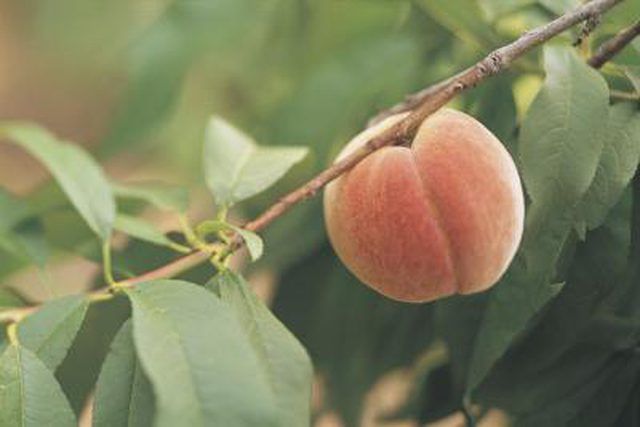Bulbs
Flower Basics
Flower Beds & Specialty Gardens
Flower Garden
Garden Furniture
Garden Gnomes
Garden Seeds
Garden Sheds
Garden Statues
Garden Tools & Supplies
Gardening Basics
Green & Organic
Groundcovers & Vines
Growing Annuals
Growing Basil
Growing Beans
Growing Berries
Growing Blueberries
Growing Cactus
Growing Corn
Growing Cotton
Growing Edibles
Growing Flowers
Growing Garlic
Growing Grapes
Growing Grass
Growing Herbs
Growing Jasmine
Growing Mint
Growing Mushrooms
Orchids
Growing Peanuts
Growing Perennials
Growing Plants
Growing Rosemary
Growing Roses
Growing Strawberries
Growing Sunflowers
Growing Thyme
Growing Tomatoes
Growing Tulips
Growing Vegetables
Herb Basics
Herb Garden
Indoor Growing
Landscaping Basics
Landscaping Patios
Landscaping Plants
Landscaping Shrubs
Landscaping Trees
Landscaping Walks & Pathways
Lawn Basics
Lawn Maintenance
Lawn Mowers
Lawn Ornaments
Lawn Planting
Lawn Tools
Outdoor Growing
Overall Landscape Planning
Pests, Weeds & Problems
Plant Basics
Rock Garden
Rose Garden
Shrubs
Soil
Specialty Gardens
Trees
Vegetable Garden
Yard Maintenance
How to Care for a Bonanza Dwarf Peach Tree
How to Care for a Bonanza Dwarf Peach Tree. The Bonanza dwarf peach tree is a deciduous plant that grows up to 6 feet tall, with a canopy 4 to 6 feet wide. Although the tree’s stature is somewhat shorter than the standard peach tree, the Bonanza dwarf produces full-sized blooms and fruit. In addition, the care of the Bonanza dwarf peach tree...

The Bonanza dwarf peach tree is a deciduous plant that grows up to 6 feet tall, with a canopy 4 to 6 feet wide. Although the tree’s stature is somewhat shorter than the standard peach tree, the Bonanza dwarf produces full-sized blooms and fruit. In addition, the care of the Bonanza dwarf peach tree is very similar to that of a standard peach variation.
Things You'll Need
Water
Shovel
Fertilizer
Begin the planting process in early spring. Plant the Bonanza dwarf peach tree in a well-drained location that receives at least six to eight hours of partial shade to full sunlight each day. Choose a location that provides ample growing space for the full size dwarf. Also, choose a planting location that has nutrient soil with a pH level between 4.5 and 7.5.
Clear a 3- to 4-foot diameter around the trunk of the tree, removing grass, flowers and any other competing growth. Prepare the tree for planting by gently loosening the root ball of the tree and removing the excess soil. Trim away any damaged roots, but be sure not to remove more than a third of the system. Avoid pulling or tugging the root system.
Dig a hole for the peach tree that is only as deep and wide as the tree’s root system. Fill the hole with tepid water and allow it to settle into the ground. Place the tree in the center of the hole and fill with soil. The soil around the trunk should be a little higher than the surrounding soil. Gently press the soil around the trunk to secure the tree’s position. Ensure that there are no roots showing above the surface.
Water the tree thoroughly and deeply immediately after planting. Irrigate the Bonanza dwarf peach tree with 1 inch of water once per week. Increase the watering amount to 1? to 2 inches during hot, dry periods. Always water deeply and infrequently rather than with shallow amounts frequently.
Prune the Bonanza dwarf peach tree in early spring, just before the growing season begins, but avoid pruning the tree during its first year. Prune the tree’s stems and branches to promote a good shape and structure. Thin the interior branches, stems and foliage to promote good air circulation and light penetration throughout the tree. Always remove any dead, dying or wilting branches, stems and foliage as they appear.
Feed the Bonanza dwarf peach tree about six weeks after planting. Use a well-balanced, slow-release fertilizer, such as 10-10-10 or 20-20-20. Distribute the fertilizer evenly around the base of the tree, about 1 to 2 inches from its trunk. Avoid placing fertilizer directly on the trunk as this can damage the trunk and root system.
Fertilize the peach tree in early spring, just before the onset of the growing season, and again in early summer. Do not fertilize during the fruit-bearing period or again until the following spring.